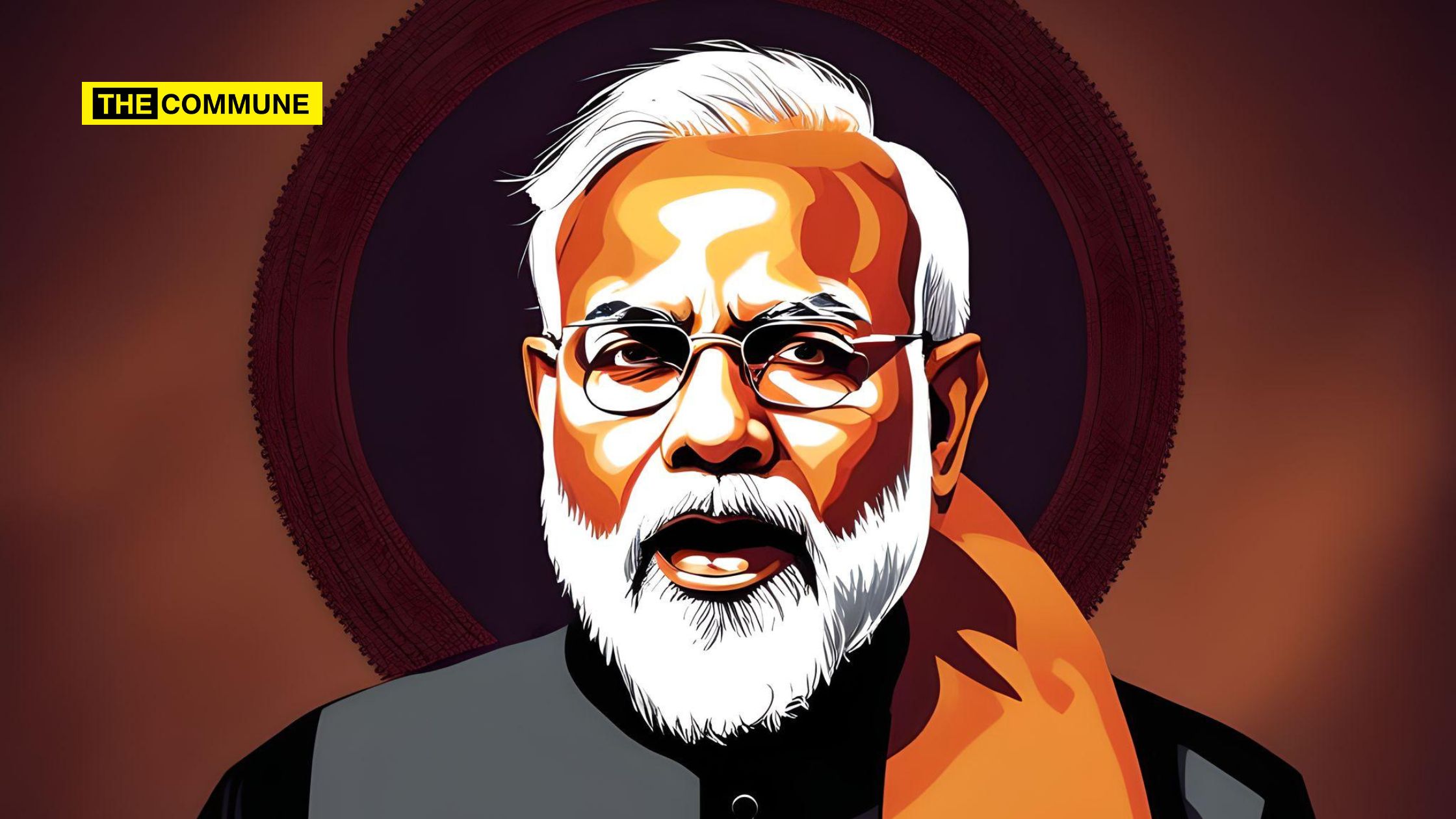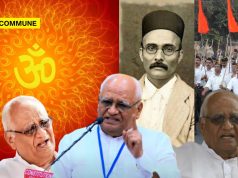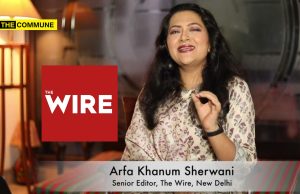
The last decade has marked an extraordinary evolution in trust and cooperation between India and other countries. A relationship that many believed would remain stagnant has flourished in ways few could have anticipated.
When Prime Minister Narendra Modi took office in May 2014, it was widely assumed that foreign policy would be his Achilles’ heel. With limited experience in international relations, sceptics questioned whether he could navigate the complexities of global diplomacy.
Yet, almost ten years later, how has India strengthened its ties with the other nations and become a central player in global discussions? What strategies and shifts transformed these doubts into undeniable progress, and what does this mean for the future of Global relations?
Narendra Modi’s foreign policy became one of his greatest assets a decade into his leadership. This achievement stands out even more when viewed against unprecedented global turbulence.
The world has faced challenges unseen for decades, starting with the COVID-19 pandemic, a once-in-a-century crisis that rattled economies and disrupted lives across the globe.
Just as the world was grappling with this upheaval, two unforeseen conflicts—the Russia-Ukraine war and the Israel-Hamas clash—added to the volatility. China’s increasingly assertive stance has compounded these issues.
China has further tested regional stability from its confrontations in the East China Sea with Japan and Taiwan to its manoeuvres in the South China Sea against ASEAN nations.
India and Bhutan, too, have felt the pressure with tensions over unresolved land borders. Through these sweeping global changes, PM Modi’s foreign policy has not just endured but emerged stronger, steering India with a steady hand through a rapidly shifting geopolitical landscape.
One of PM Modi’s earliest moves in office was to launch the Neighbourhood First Policy, setting the tone for India’s regional diplomacy. His invitation to the Heads of State and Government from all SAARC nations and Mauritius to attend his swearing-in ceremony on May 26, 2014, marked a symbolic yet strategic outreach.
In a similar gesture, when he took office for a second term on May 31, 2019, Modi invited leaders from BIMSTEC, Kyrgyzstan, and Mauritius and reinforced his commitment to strengthening regional ties.
The impact of this policy is clear today. While challenges remain with Pakistan, China, and recently Maldives, India’s relationships with its other neighbours have significantly deepened since 2014.
A notable example is the rekindling of ties with Nepal. PM Modi’s visit to Nepal in August 2014 was the first by an Indian Prime Minister in 17 years, and it set the stage for further engagement.
Since then, the Prime Minister has visited Nepal four more times, including for the SAARC Summit in November 2014, bilateral discussions in 2018, and the BIMSTEC Summit later that year.
His most recent visit to Lumbini in 2022, at the invitation of the Nepalese Prime Minister, underscored the growing bond between the two nations.
A crucial moment in the relationship was the September 2014 Joint Economic Commission meeting—the first in 23 years—which laid the groundwork for enhanced economic cooperation.
These consistent visits and dialogues have strengthened the understanding and partnership between India and Nepal, symbolising the broader success of PM Modi’s Neighbourhood First Policy.
PM Modi’s first visit to Sri Lanka in March 2015 marked a historic moment. It was the first bilateral visit by an Indian Prime Minister in 32 years.
This visit laid the foundation for a stronger partnership, but India’s decisive political and economic support during Sri Lanka’s 2022 economic crisis truly solidified the relationship.
In its time of dire need, India extended a lifeline of US$4.5 billion in cash and resources, showcasing an unwavering commitment to its neighbour and elevating the bilateral ties to new levels of trust and cooperation.
Meanwhile, India’s relationship with Bhutan has always been characterised by mutual warmth and a deep sense of trust. The unique bond between the two countries is built on shared goodwill, regularly reinforced by high-level visits.
The frequent engagements between leaders reflect the strong connection, not just at the political level but among the people of both nations.
Recent visits—Bhutan’s Prime Minister to India in March 2024, followed closely by PM Modi’s visit to Bhutan later that same month—strengthened this enduring friendship further, cementing the already solid foundation of cooperation and mutual respect between the two countries.
One of the most notable achievements of PM Modi’s foreign policy has been the significant strengthening of ties with West Asia and the Middle East.
These countries, once influenced by Pakistan’s religious narrative in their view of India, now see India as a key political, economic, and strategic partner.
This transformation is evident from the recognition PM Modi has received, with nations such as Saudi Arabia, the UAE, Bahrain, Egypt, and Palestine bestowing their highest national honours upon him.
India’s stature in the region has never been higher, marking a profound shift in its engagement with the Middle East.
In a notable shift in regional diplomacy, the UAE invited then External Affairs Minister Sushma Swaraj to address the Organization of Islamic Cooperation (OIC) foreign ministers in 2019 despite Pakistan’s objections. This marked a significant development in India’s relations with the Gulf nations.
More recently, in January 2024, Smriti Irani, the former Minister for Women and Child Development and Minority Affairs, attended the third Haj and Umrah Conference in Madina. This event would have been inconceivable a decade ago. Additionally, no West Asian country opposed India’s decision to abrogate Articles 370 and 35A.
The UAE demonstrated its support by committing Rs 500 crore in foreign direct investment for Jammu and Kashmir, including Rs 250 crore for a significant mall and additional funds for IT towers in Jammu and Srinagar. The success of India’s foreign policy in the region is further highlighted by the Emir of Qatar’s decision to pardon and release eight retired Indian Navy personnel sentenced to death for espionage.
This diplomatic victory in February 2024 underscores India’s growing influence and effective foreign policy in West Asia. India’s Act East Policy has successfully broadened and deepened relationships across various domains, including economic, political, strategic, connectivity, and cultural spheres.
This policy has effectively expanded India’s engagement with ASEAN countries, Japan, Australia, South Korea, Pacific Island nations, and others.
Over the past decade, the relationship between India and the United States has seen remarkable growth and consolidation. PM Modi has navigated interactions with three US Presidents—Obama, Trump, and Biden—each time enhancing the bilateral relationship. This partnership has become one of India’s most pivotal global alliances, encompassing political, strategic, economic, commercial, and technological dimensions.
The two nations collaborate through 60 dialogue platforms covering critical areas such as emerging technologies, renewable energy, connectivity, education, health, agriculture, green hydrogen, defence, semiconductor chips, and more.
In a testament to the strength of this relationship, US President Biden extended a state visit invitation to PM Modi in June 2023. During this visit, the Prime Minister also addressed the US Congress for the second time, having previously spoken before Congress during Obama’s presidency in 2016. PM Modi has been crucial in revitalising the Quad since November 2017 and elevating it to the summit level over the past three years.
Despite recent minor issues—such as allegations related to Gurpatwant Singh Pannun, US State Department comments on Delhi Chief Minister Kejriwal’s arrest, the freezing of Congress accounts, and controversy surrounding India’s CAA law—these are unlikely to disrupt the steadily growing bilateral relationship between India and the US.
It would benefit both nations to avoid such distractions and maintain the focus on their expanding partnership. India has demonstrated its strategic autonomy by resisting Western pressure to criticise Russia over its invasion of Ukraine.
Instead, India has continued to import oil and gas from Russia at concessional rates, ensuring an affordable and reliable energy supply for its population. A crowning achievement of PM Modi’s foreign policy over the past decade is the successful handling of India’s G20 Presidency.
Against the backdrop of conflicting global positions on the Ukraine conflict—between the West and nations like Russia and China—India managed to secure a consensus Leaders’ Declaration on the very first day, an outcome many deemed improbable. This success can be credited mainly to PM Modi’s leadership and his ability to build strong personal relationships with world leaders.
The world united to support a successful G20 Presidency for India, reinforcing India’s role as a voice for the Global South and a trusted global friend. India’s response to the COVID-19 pandemic has garnered international acclaim for effectively handling the health, economic, and social impacts.
The international community has widely recognised and praised India’s ability to implement significant economic reforms and accelerate digitisation even amid the crisis. Beyond its domestic achievements, India distinguished itself by supplying approximately 300 million vaccines to over 100 countries, most of which were provided free of charge. This act underscored the global benefits of India’s development, particularly for other developing nations.
PM Modi and his foreign policy team, led by External Affairs Minister S. Jaishankar, have navigated the numerous challenges of the past decade with notable skill and effectiveness.
Their leadership has solidified India’s reputation as a key player on the global stage, demonstrating that India’s progress and growth benefit not only its own citizens but also the broader international community.
Under PM Modi’s leadership, India has skillfully navigated a complex and rapidly shifting geopolitical landscape, demonstrating remarkable diplomatic flexibility and strategic autonomy.
He has built upon the efforts of previous governments by forging alliances with nations that are often on opposing sides of global conflicts, yet he has maintained India’s independent stance.
A prime example of this diplomatic balancing act is India’s active participation in the Quad—a partnership with the United States and its allies—and the Shanghai Cooperation Organization (SCO), which includes China, Russia, and their allies.
What sets PM Modi’s foreign policy apart is his ability to deepen ties with the United States, extract advanced defence technologies and weapons, and continue longstanding defence cooperation with Russia, including joint development projects.
Perhaps one of PM Modi’s greatest successes lies in his ability to develop strong relations with the US while engaging with its global adversaries, a feat few major powers have managed to achieve. He has astutely capitalised on Washington’s concerns about China, securing extraordinary support from the US without compromising India’s independent foreign policy or giving in to external pressures.
This approach has allowed India to remain a pivotal player in global geopolitics, strengthening its role as a bridge between competing global powers while ensuring its strategic interests remain uncompromised. (Author is Professor and Chairman of the Centre for Narendra Modi Studies (CNMS))
–IANS
Subscribe to our Telegram, WhatsApp, and Instagram channels and get the day’s best stories delivered to you personally.




